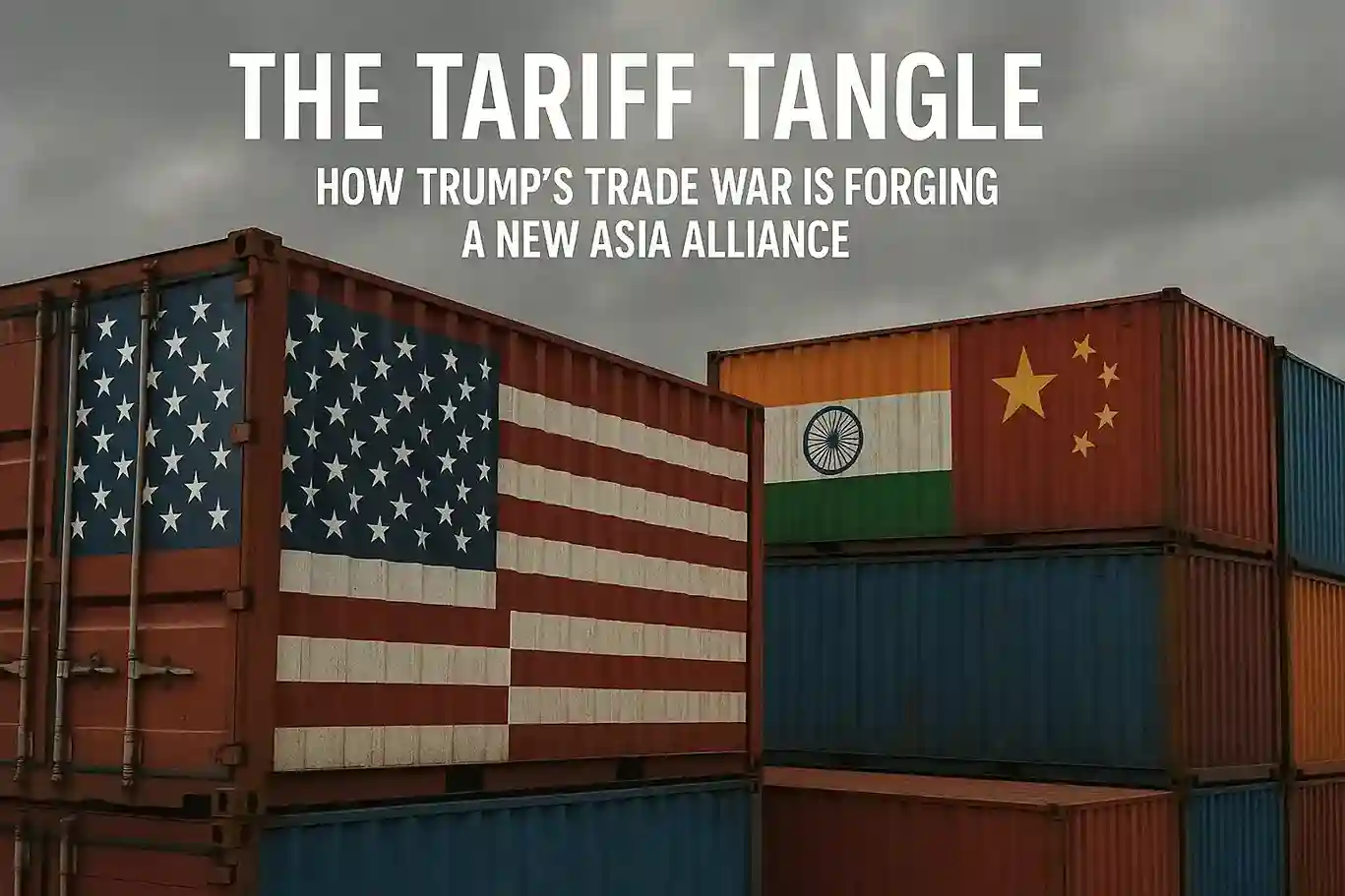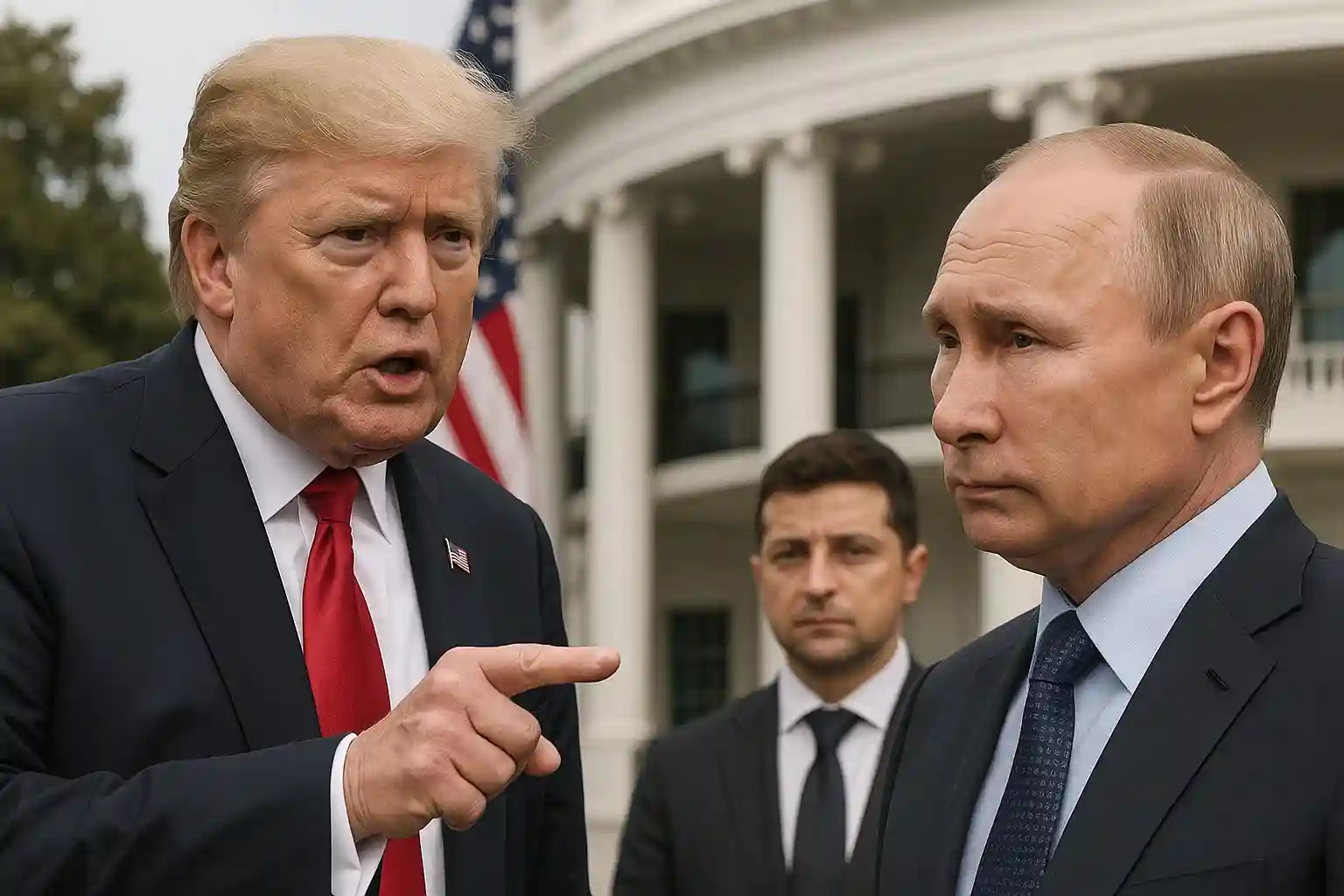The Tariff Tangle: How Trump's Trade War is Forging a New Asia Alliance

The Tariff Tangle: How Trump's Trade War is Forging a New Asia Alliance
SINGAPORE – When the United States embarked on a strategy of protectionist tariffs, the goal was to rebalance global trade and reduce its dependence on foreign manufacturing. However, an unintended consequence has emerged: the policies have accelerated the formation of a powerful new trade alliance in Asia, reshaping global economic power for decades to come.
This strategic realignment is most visible in the rise of the Regional Comprehensive Economic Partnership (RCEP), the world's largest free-trade agreement. While its negotiations began years ago, the pact gained critical momentum and significance as a direct response to a more volatile global trade environment.
The RCEP Agreement: A Shield Against Protectionism
Signed by 15 nations, including the 10 members of ASEAN along with China, Japan, South Korea, Australia, and New Zealand, RCEP represents a massive trading bloc covering roughly 30% of the world's population and economic output. The agreement, which came into force in 2022, aims to eliminate tariffs on nearly 90% of goods and unify complex customs rules.
By creating a single, integrated market, RCEP reduces the members' reliance on volatile external markets, particularly the US. The ongoing tariff wars and the US's withdrawal from major trade pacts have provided a strong impetus for Asian economies to look inward and build a more resilient, self-sufficient supply chain within the region.
A New Center of Economic Gravity
The formation of RCEP signals a major geopolitical shift. As the US retreats from multilateral trade agreements, Asia is consolidating its economic might. China's central role in the agreement cements its position as a dominant economic force in the region, providing it with a platform to influence trade rules and standards.
Furthermore, the pact encourages a realignment of supply chains. Instead of being anchored to the US market, companies are increasingly shifting their focus to intra-regional trade, which is expected to grow significantly under the new agreement. This has created a new center of economic gravity, with the interconnected economies of Asia poised to drive a new phase of global trade.
Ultimately, the US's strategy to untangle its trade deficit with tariffs has created a new and powerful tangle of trade alliances in Asia. This has not only solidified the economic ties between Asian nations but has also created a major challenge to the established global trade order, with Asia emerging as a unified and formidable economic powerhouse.


